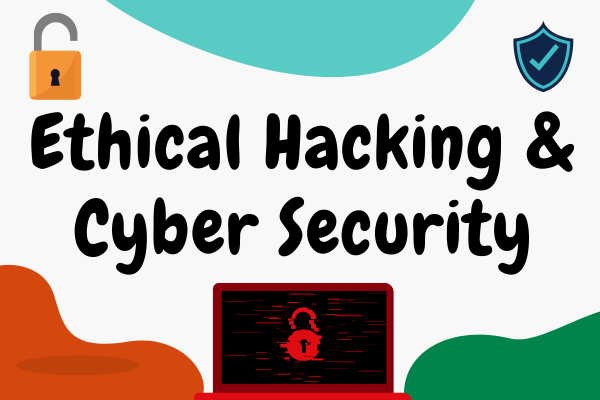Internet of Things(IoT) using Arduino and Raspberry Pi Certification – The Digital ADDA
The Internet of Things (IoT) involves connecting everyday objects and devices to the internet, allowing them to collect and exchange data, and be remotely controlled or monitored. Using popular hardware platforms like Arduino and Raspberry Pi, you can create IoT projects and build innovative solutions. Here’s an overview of IoT using Arduino and Raspberry Pi:
- Arduino:
- Arduino is an open-source hardware and software platform that is widely used for building IoT prototypes and projects. It consists of a microcontroller (e.g., Arduino Uno, Arduino Nano) and an integrated development environment (IDE) for programming.
- IoT Applications: With Arduino, you can create IoT devices for various applications, such as home automation, environmental monitoring, smart agriculture, and more.
- Sensors and Actuators: Arduino boards can interface with a wide range of sensors (e.g., temperature, humidity, motion) and actuators (e.g., motors, relays) to collect data and control physical devices.
- Connectivity: Arduino can be connected to the internet using additional hardware modules like Wi-Fi or Ethernet shields, or through platforms like Arduino IoT Cloud.
- Raspberry Pi:
- Raspberry Pi is a small, affordable, and versatile single-board computer that is ideal for IoT projects. It runs a full operating system (typically a version of Linux) and offers a wide range of connectivity options.
- IoT Applications: Raspberry Pi can be used for more complex IoT applications, such as home automation hubs, media centers, and industrial monitoring systems.
- Sensors and Cameras: Raspberry Pi can interface with various sensors and cameras to capture data and images for IoT applications.
- Connectivity: Raspberry Pi has built-in Ethernet and USB ports, but it can also be connected to the internet via Wi-Fi or cellular modules. It supports MQTT (Message Queuing Telemetry Transport) and other IoT protocols for communication.
- Programming: You can use programming languages like Python and Node.js to create IoT applications on Raspberry Pi.
- IoT Development Process:
- Project Planning: Define the objectives, requirements, and components of your IoT project. Determine what data you want to collect, what actions you want to perform, and how you’ll interface with the hardware.
- Hardware Setup: Connect sensors, actuators, and communication modules to your Arduino or Raspberry Pi. Ensure that you have the necessary power supply and connections.
- Programming: Write code to read data from sensors, control actuators, and implement logic for your IoT application. Use appropriate libraries and programming languages for your platform.
- Data Processing: Process and analyze the data collected from your IoT devices. You can perform real-time analytics or store data for historical analysis.
- Communication: Set up communication between your IoT devices and the cloud or other remote servers using protocols like MQTT or HTTP.
- Cloud Integration: If required, store and manage your IoT data in the cloud (e.g., AWS IoT, Azure IoT, Google Cloud IoT) for remote monitoring and control.
- User Interface: Create a user interface (web or mobile app) to interact with and visualize data from your IoT devices.
- Testing and Deployment: Test your IoT solution thoroughly, fix any issues, and deploy it in your target environment.
- Examples of IoT Projects:
- Smart Home Automation: Control lighting, HVAC systems, and security cameras remotely.
- Environmental Monitoring: Measure temperature, humidity, air quality, and more in real-time.
- IoT Weather Station: Collect weather data and upload it to online platforms.
- Industrial IoT (IIoT): Monitor and optimize industrial processes and equipment.
- Smart Agriculture: Monitor soil moisture, temperature, and automate irrigation systems.
Both Arduino and Raspberry Pi have vibrant communities and extensive online resources to support your IoT projects. Learning resources, tutorials, and open-source libraries are readily available to help you get started and create innovative IoT solutions.











